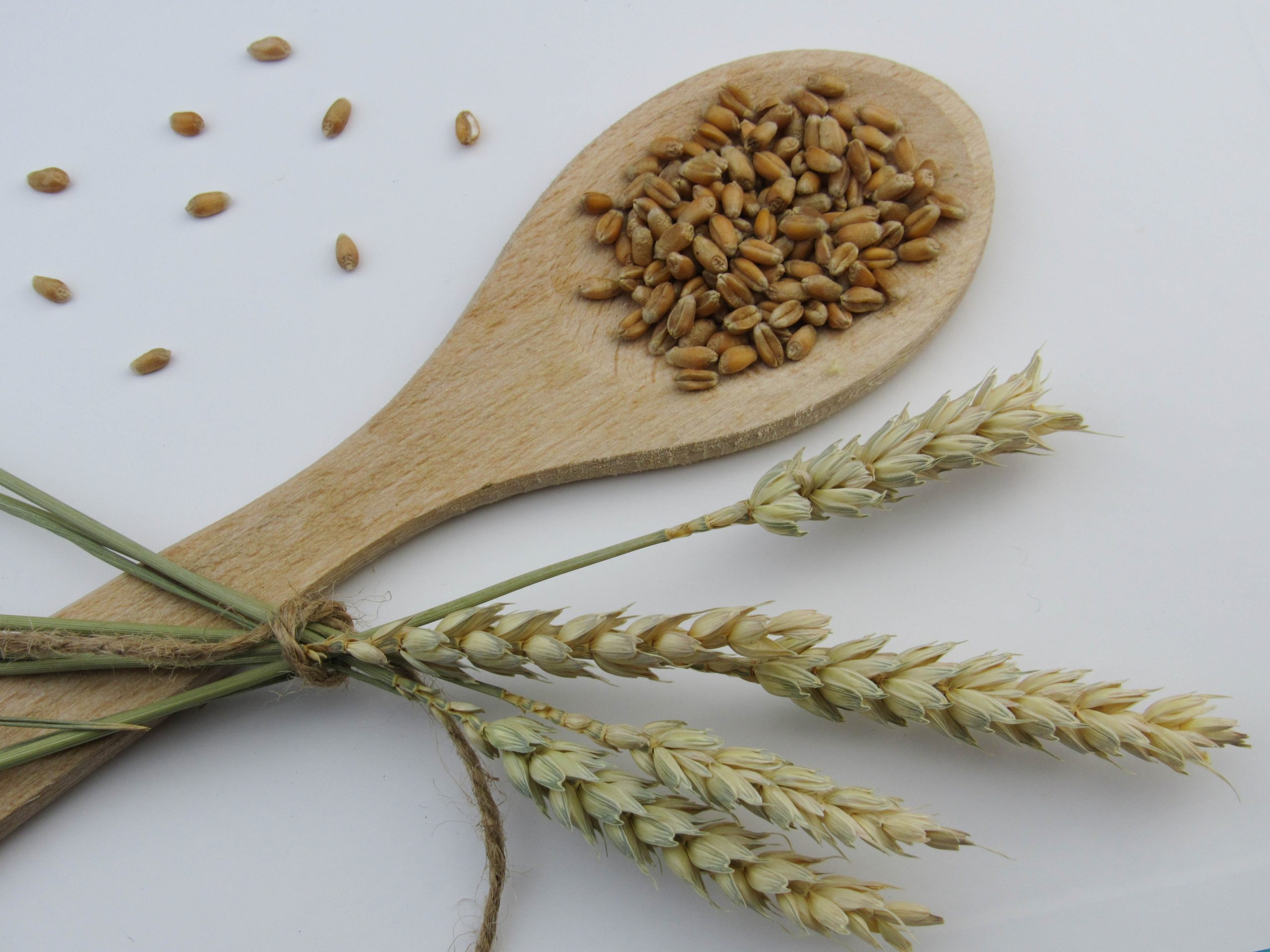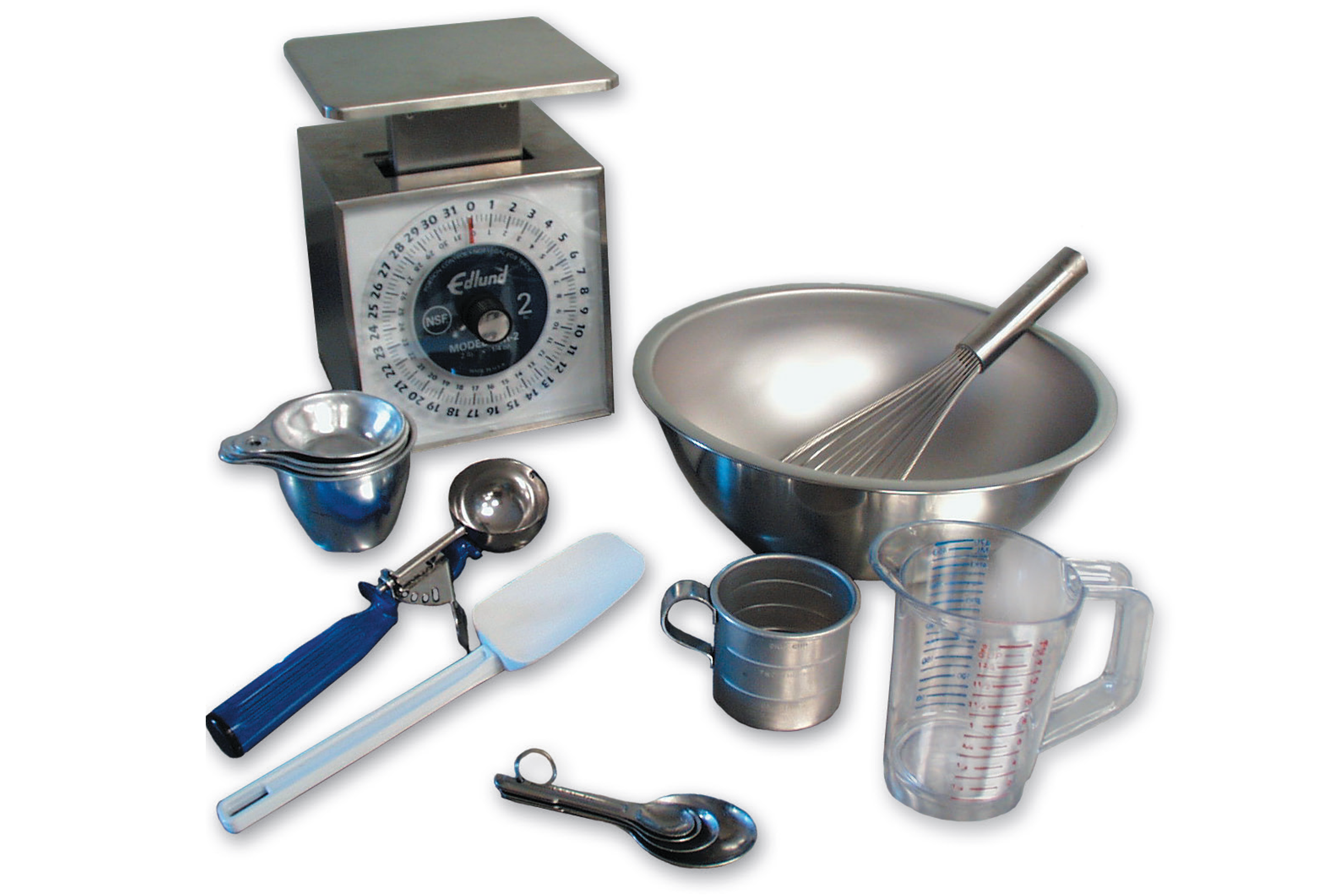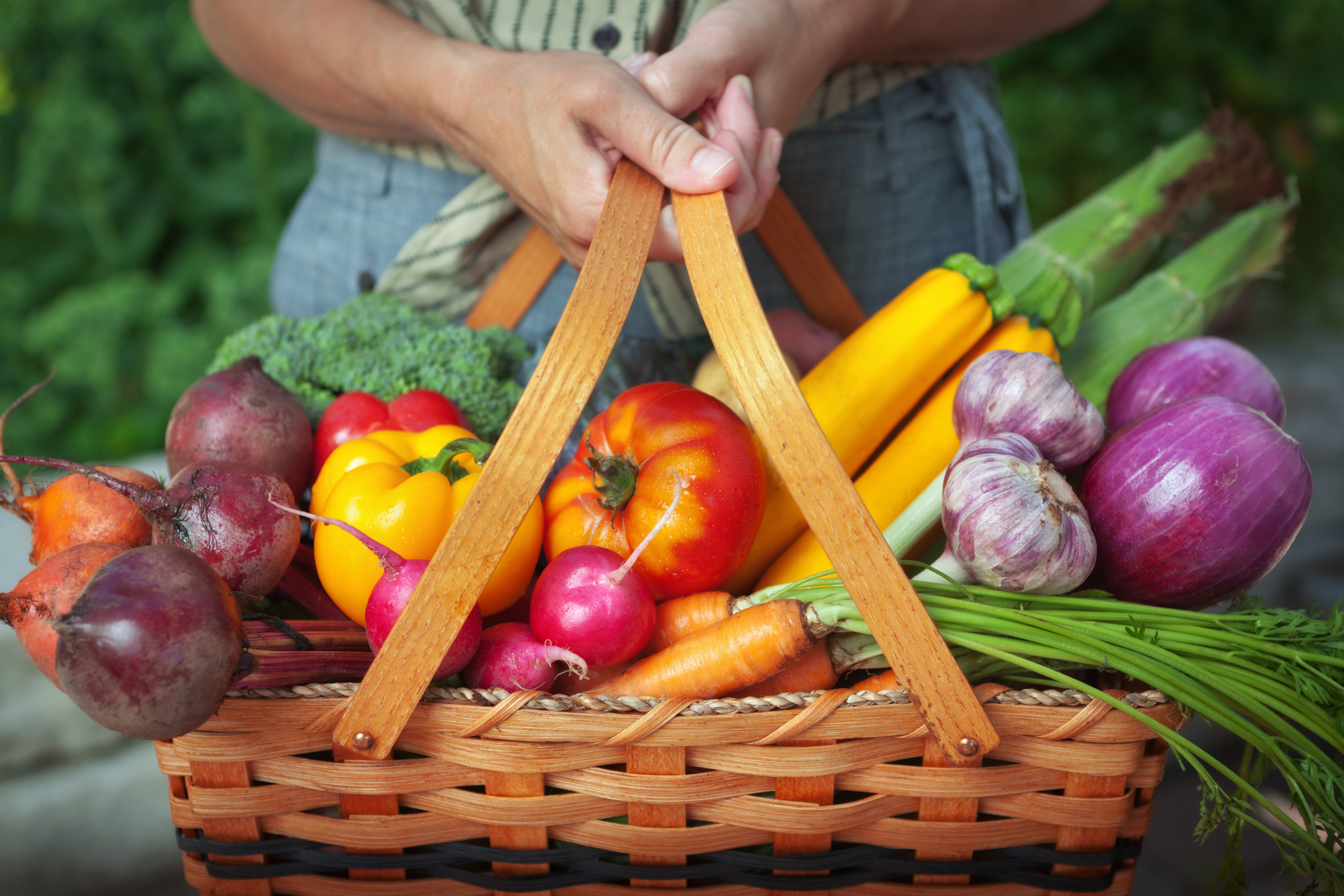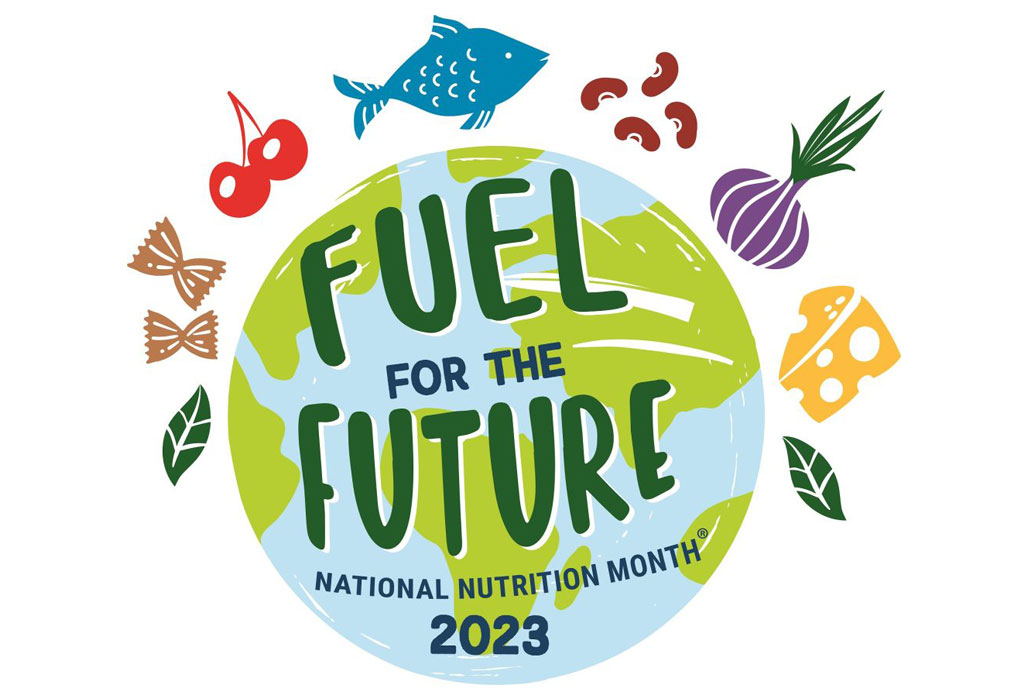

April Food Themes
April features some great daily food themes that fit our overall theme of growing. Consider using some of these themes in your menus to show your children just how great their fresh produce can taste.
National Carrot Day – April 4th

Carrots are a very versatile vegetable. You can boil, steam, microwave, roast, or eat them raw. They can be grated and added to salads, muffins, and even cookies. Plus, you can grow them in your garden! Celebrate National Carrot Day with these tasty Morning Muffins from Oregon State University and show off the versatility of carrots!
Earth Day – April 22nd

April 22 marks Earth Day. It’s a day for us to think about and reflect on the state of our planet. More than a billion people celebrate Earth Day every year as a day of action to change human behavior and create global, national, and local policy changes for a healthier planet. The theme for 2021 Earth Day is Restore Our Earth focusing on supporting local communities and areas that are more affected by environmental issues. We can all make a plan and do our part to take good care of our planet Earth. Start the day out by wishing your children a Happy Earth Day. Farm to fork (or spoon) food can be celebrated today.
National Picnic Day – April 23rd

It’s often claimed that life is no picnic, but on National Picnic Day it is! Spring is one of the most invigorating times of the year. As the days get longer, we gravitate outdoors, gladly enjoying the sunshine and warmer temperatures. It is perfect for our gardens too. One of the perks of warmer weather is gathering with family and friends to enjoy a meal outside.
Wouldn’t your children love a picnic lunch outside? If the weather isn’t cooperating, you can always do an indoor picnic. This is a great day to talk about gardens and favorite healthy picnic foods.
National Zucchini Bread Day – April 25th

Fun Fact! The word zucchini comes from the Italian word “zucca” which means squash. The Italians brought the first Zucchinis to the United States in the 1920s. It is a summer squash that actually belongs to the pumpkin family. Zucchini grows in warm, dry climate, on well-drained, moist soil. It represents one of the most popular and most commonly consumed vegetables today. Zucchini is a very versatile food as it takes on the flavor of the ingredients it’s matched with. It’s common in a savory stir-fry, casseroles, and numerous vegetable side dishes. But you can bake with it too! Zucchini is a favorite vegetable to grow yourself and your children will be able to watch it grow. The Child Nutrition Recipe Box (CNRB) has a lot of recipes that use zucchini. Go here and type the word zucchini in the search box and then pick a zucchini recipe to celebrate this day!
Pro tip: Choose the right zucchini- biggest is NOT best. The most flavorful zucchinis are small-to-medium-sized.
April is National Grilled Cheese Month
If your children like grilled cheese, try offering different versions each week. Change up the cheese or add toppings like fresh greens from the garden, tomato slices or even a slice of turkey to add some flair to a basic grilled cheese. You can also serve on different bread. Try whole grain flatbread or a whole grain tortilla for a change. Check out this Tuscan Grilled Cheese Sandwich recipe from USDA.

What’s in Season in April?
Gardening Fun Facts For Kids
- Did you know one teaspoonful of good soil holds more than one million living things?
- Do you know why plants are green? It’s because they have chlorophyll, which helps them make their food. Everything that has chlorophyll in it is green.
- How can a little insect get inside your apple? When the apple grows an insect burrows inside and lives happily in the apple as it gets bigger–until you take a bite. Ewww!
- Do you know why apples float on water? Because they consist of 25% AIR!
- Is a cucumber a fruit or a vegetable? A cucumber is a fruit, because it has seeds!
- The different types of true vegetables are bulb, root, stem and tuberous. Bulb, root, and tuberous vegetables grow in the soil and stem vegetables grow outside of the soil.
References
Earth Day. (2021). Climate and environmental literacy. https://earthday.org/
The Institute of Child Nutrition. (2021). Child Nutrition Recipe Box. https://theicn.org/cnrb
Institute of Child Nutrition, Child Nutrition Recipe Box. (2021). Tuscan grilled cheese sandwich – USDA recipe for child care centers. https://theicn.org/cnrb/recipes-for-centers-sandwiches/tuscan-grilled-cheese-sandwich-usda-recipe-for-schools/
Oregon State University Extension Service. (2021). Morning muffins. https://foodhero.org/recipes/morning-muffins
University of Nebraska—Lincoln. (2021). Institute of Agriculture and Natural Resources UNL Food. https://food.unl.edu/
University of Pittsburgh, Department of Psychiatry. (2019, June 27). The mindfulness, healing and wellness garden helps children and adolescents manage emotions. https://psychiatry.pitt.edu/mindfulness-healing-and-wellness-garden-helps-children-and-adolescents-manage-emotions
U.S. Department of Agriculture, MyPlate. (2021). MyPlate kitchen. https://www.myplate.gov/myplate-kitchen
About Mealtime Memo
Mealtime Memo (MTM) is focused on nutrition and wellness in child care settings and is specifically intended for use by child care professionals who participate in the Child and Adult Care Food Program (CACFP). The objective is to provide research-based best practices for planning, preparing, and/or serving nutritious, safe, and child-friendly meals in child care settings operating the CACFP.
Beginning in January 2021, the MTM moved to an electronic, blog-style newsletter. To ensure you automatically receive the latest issue, click here to subscribe!
Please note: To ensure MTMs provide the most accurate, up-to-date information, any references to Federal regulations, nutritional standards, and other best practices are considered current at the time of publication. Please be advised that this information is NOT updated to reflect any changes/revisions beyond the publication date. In addition, all MTMs published prior to 2017 have been archived are no longer available on our website. If you need access to an archived MTM or for questions on the latest regulations and standards, please contact ICN’s Help Desk at helpdesk@theicn.org or 1-800-321-3054.














